I love caffeine. There are some naturally occurring resources that offer similar caffeinated effects, but they aren’t caffeine. One day, I was doing some wild edibles research and stumbled across an article that was talking about yaupon tea and how to prepare it.
I was immediately intrigued and dug deeper. I had seen yaupon holly around a lot over the years but was always told the berries weren’t edible, so I left it alone and never investigated it further.
Turns out, yaupon holly is the only native plant in the United States that is a natural source of caffeine when prepared as yaupon tea.
Yaupon holly is a shrub that produces orange/red berries that are not edible for human consumption. While the berries are not edible for humans, the leaves are safe and contain as much caffeine as green tea.
Yaupon Holly Plant Information
Yaupon holly occurs naturally from Texas to Florida and slightly north to the southern part of Virginia. While it tends to thrive in marshy, coastal areas, it has also been spotted in humid forests.
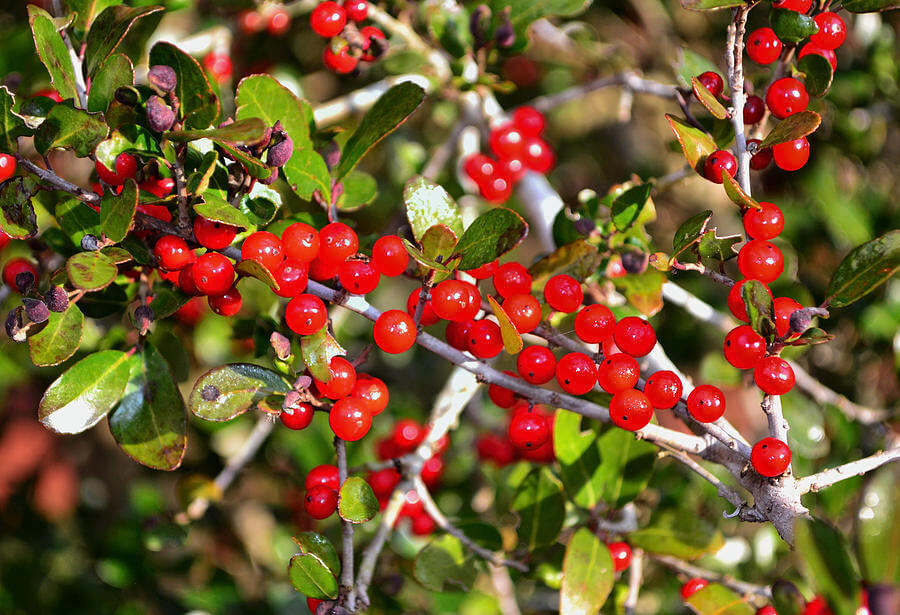
While the yaupon holly grows well on its own in the wild, it’s a great plant to have in your yard. Birds love to feed on the berries, and it’s a lovely shrub to add to your landscape — not to mention the all-natural caffeine resource right outside your door.
Related Post: Mullein: An Herbal Remedy, Not A Weed
Yaupon holly should be planted in a location that gets plenty of sun. It tolerates afternoon shade, but it will thrive a lot better and produce more berries in full sun. Yaupon holly won’t need special soil unless your soil is particularly poor.
How To Make Yaupon Tea
The tea made from the leaves is fairly bland, but it does provide a kick of caffeine. Making tea from the leaves is easy to do with very few tools or resources needed. Read on to learn how to make yaupon tea from Holly leaves.
Supplies
- Grinder (a rock will do, but if you have an electric or manual grinder, that’ll make the process quicker)
- Pan or oven
- Strainer to hold the leaves and steep in water
- Cup
- Heat source
Directions
Before you begin foraging for yaupon holly leaves, just make sure to properly identify the plant and never eat the berries themselves, as they are poisonous. Always follow proper foraging etiquettes such as only taking as much as you need and leaving plenty for wildlife and others to forage.
Additionally, make sure to do your own research before consuming any wild edible, including yaupon. Make the decision that’s best for you and your family.
1. Pick a Handful of Leaves
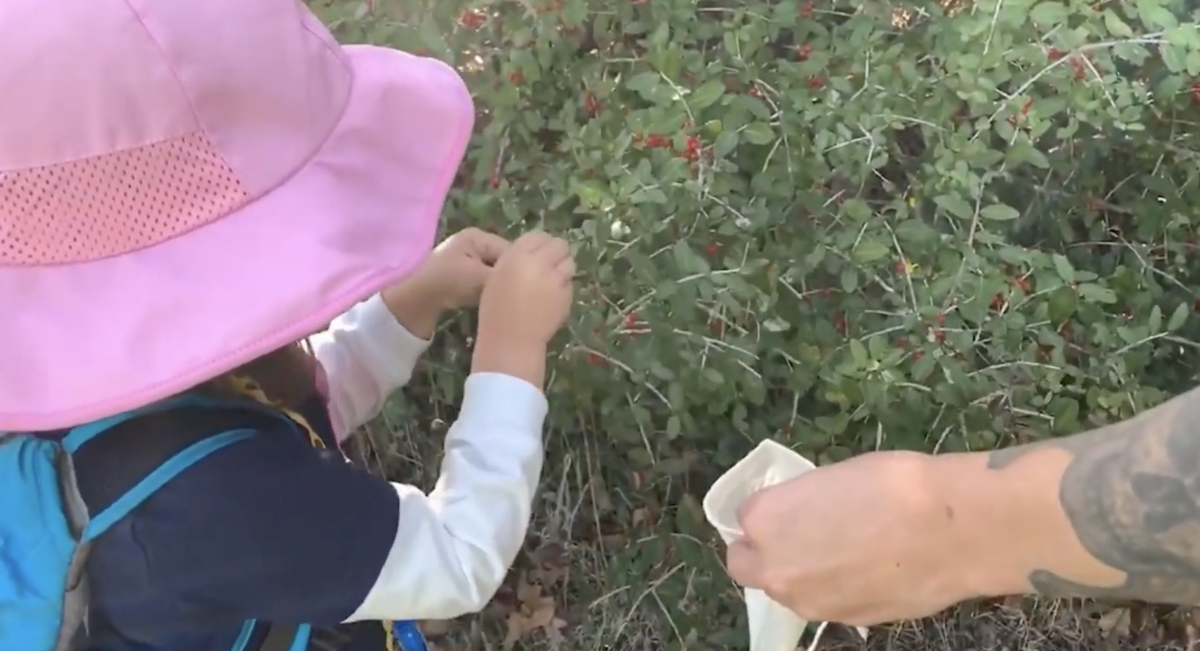
The best way to harvest the leaves is to grab them by the base and pull. This way, you’re getting the entire leaf without tearing it.
2. Wash the Leaves
Place the leaves in a colander and gently run water over them for a few seconds to rinse off any debris.
3. Roast the Leaves
You can roast them in the oven at around 200 degrees Fahrenheit for 10 to 15 minutes on each side. They will need to be flipped so they can roast evenly. You can also roast them in a pan, continually move them around so they don’t burn.
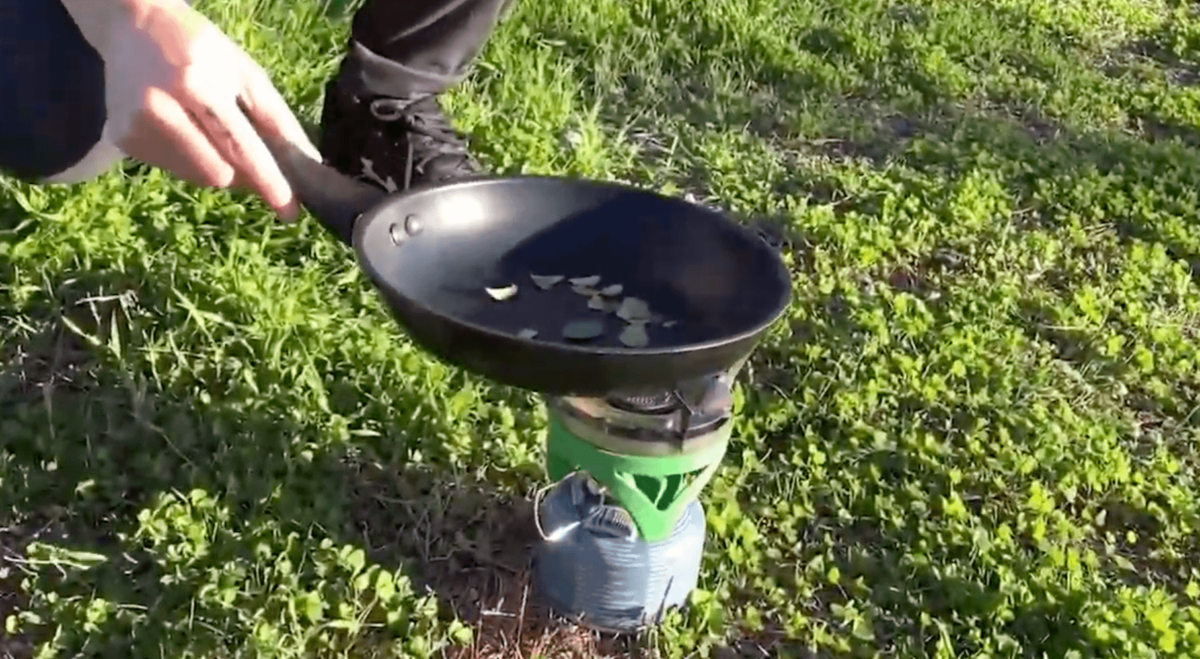
If you can supply a lid, you will roast them a bit faster, but make sure you’re moving the leaves around regularly so they don’t burn.
4. Remove the Leaves and Grind Them
Once the leaves turn brown and they’re crispy, take them out of the pan or oven and grind them. If they’re dark brown or turning black, that’s okay. It’ll just be a little bit stronger.
Related Post: Caffeine-Free Coffee Substitutes That You Can Forage In The Backyard
As mentioned above, grinding can be done with a rock or an electric or manual grinder. Grind as fine as you can.
5. Steep the Ground-up Leaves
Place the ground up leaves in your tea strainer. Pour some water into a cup and place the strainer in the water to steep for 5 to 10 minutes.
6. Enjoy!
Once it’s steeped, it’s ready to drink! For flavor, add other herbs such as mint or oregano. You could even add some honey or lemon.
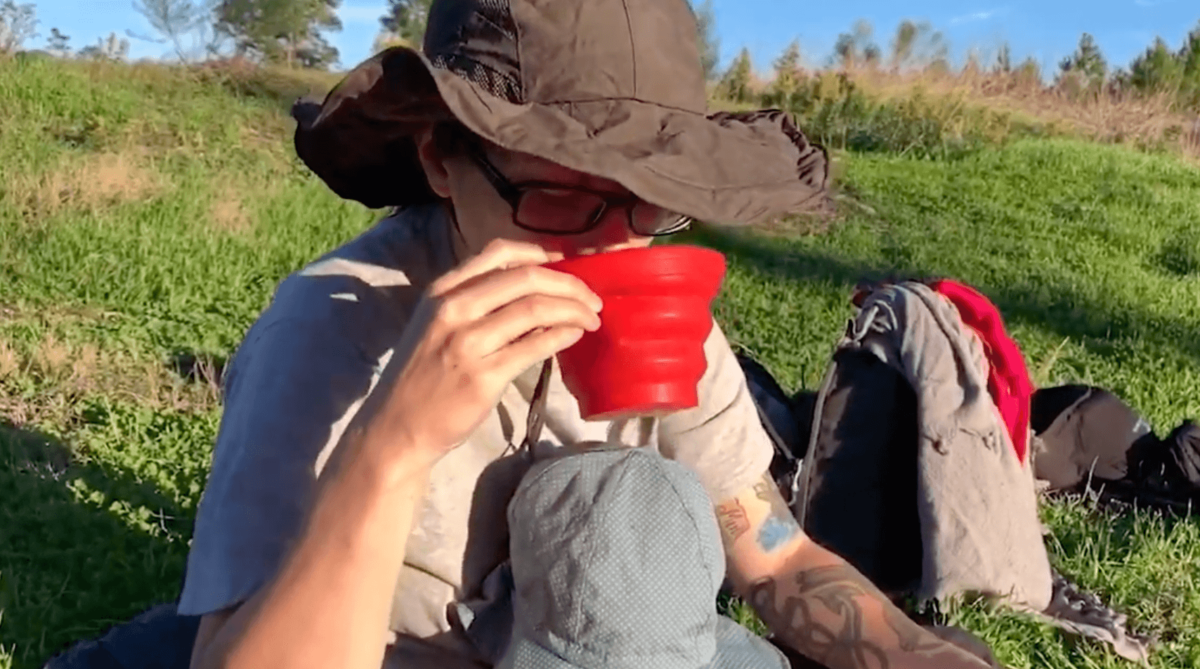
If you ever see yaupon holly, pluck some leaves and give this tea a try. It’s easy to make and offers the pick-me-up we crave.
For more information on yaupon tea and yaupon holly, check out this article from NPR.





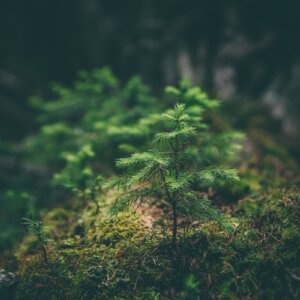

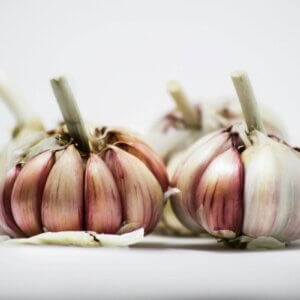
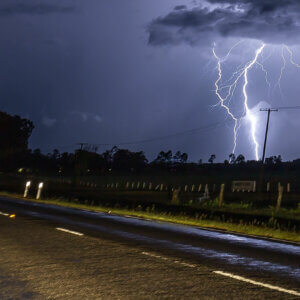
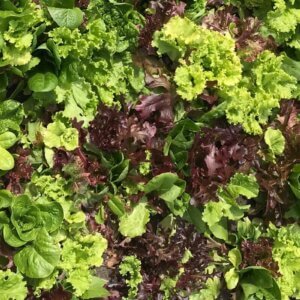
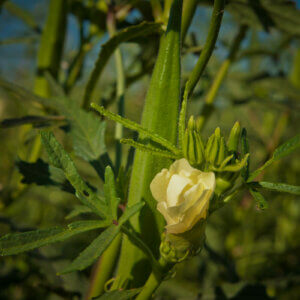
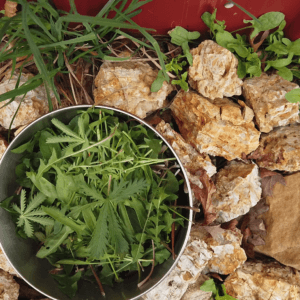

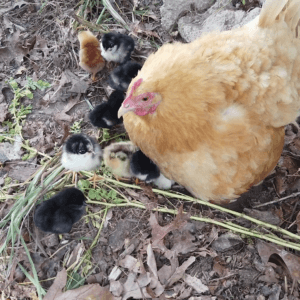



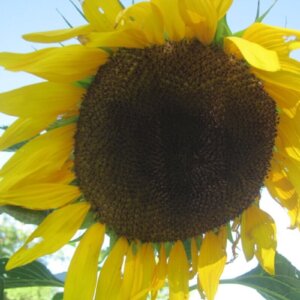



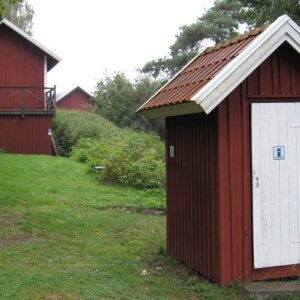

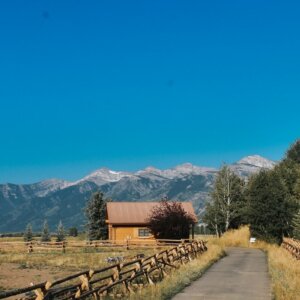

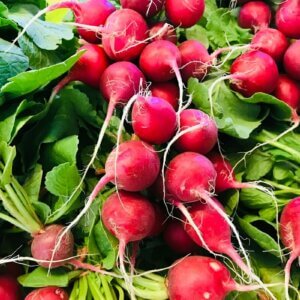


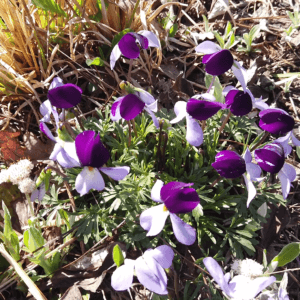
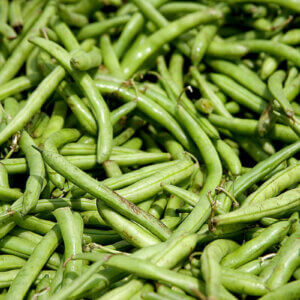
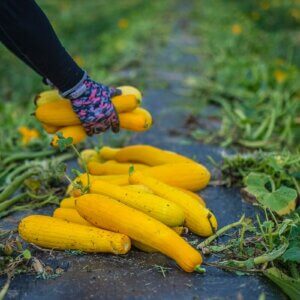








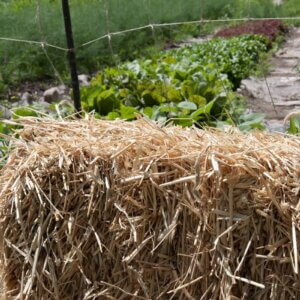
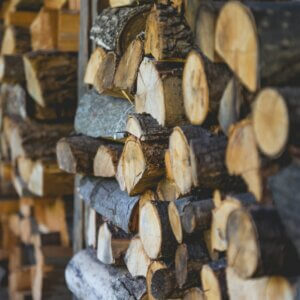
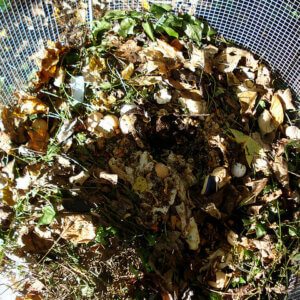
Leave a Reply